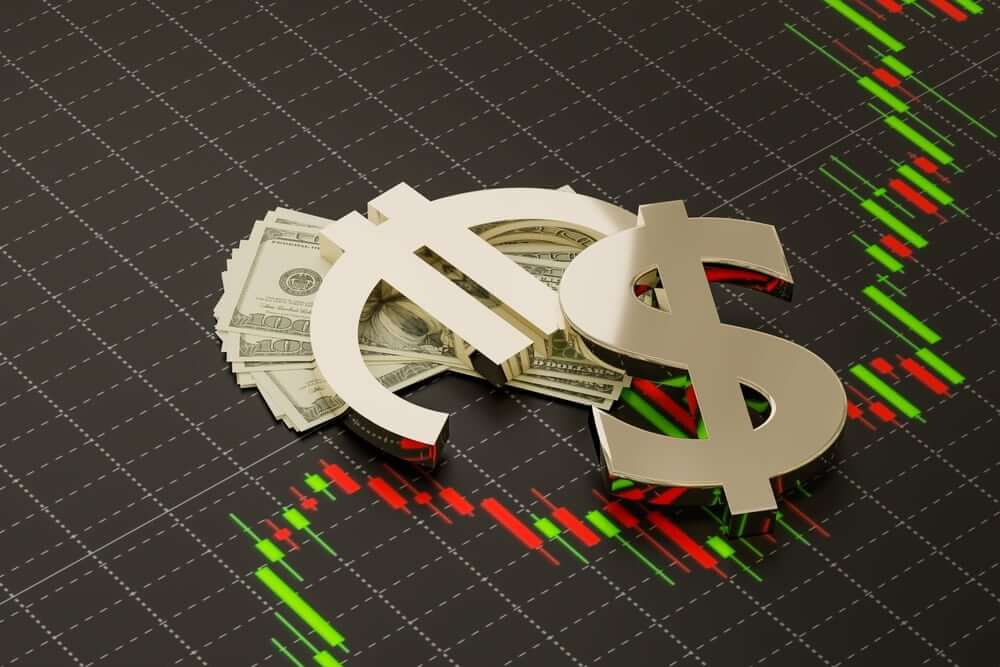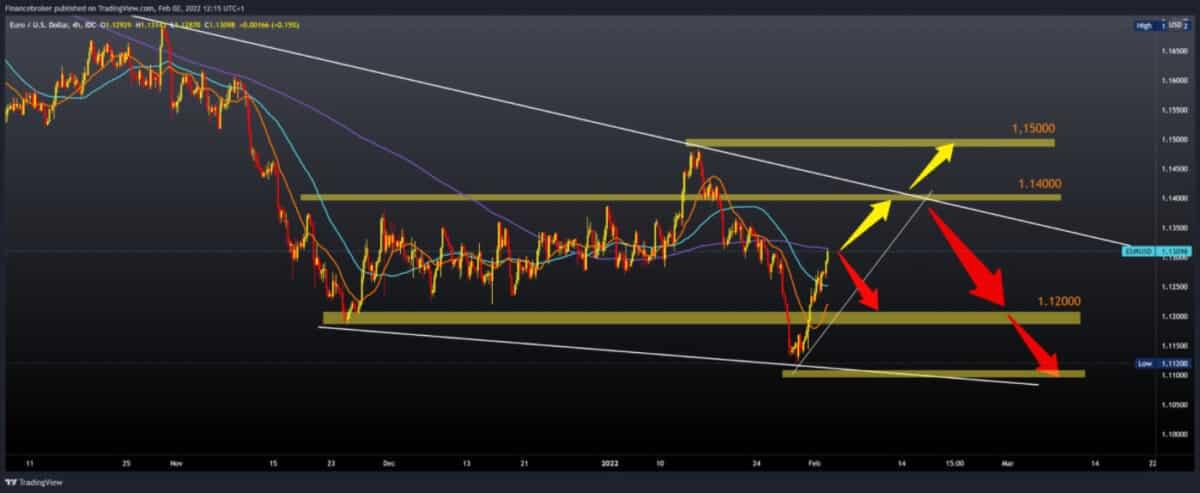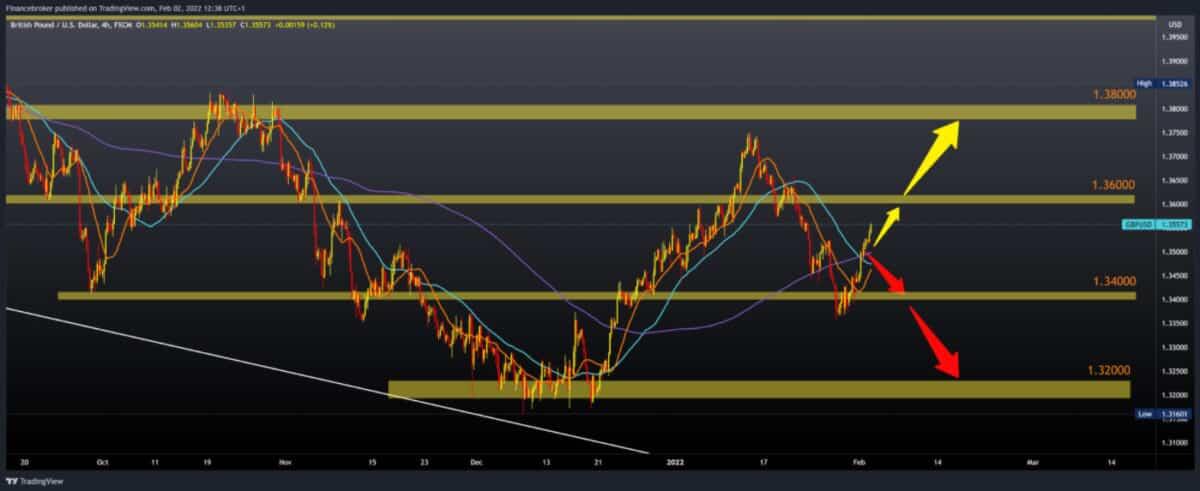Post by: PocketOption on Feb 03, 2022, 04:07 am

Continued recovery of EURUSD and GBPUSD
EURUSD chart analysis
During Asian trade, the euro strengthened against the dollar. The financial market is dominated by “risk-on” sentiment and a strong recovery of Wall Street and Europe’s stock market. The US currency is in significant decline. Yields on long-term US bonds are falling again, which further affects the dollar. The resold euro is gaining. The euro is now being exchanged for 1.13090 dollars. That represents the strengthening of the common European currency by 0.35% since the beginning of trading tonight. At 14:15, the ADP report from the American labor market will be published as an overture for the official report on Friday. A regular meeting of the European Central Bank is being held tomorrow.
Bullish scenario:
- We are currently testing the MA200 moving average, and we need a break above with further positive consolidation.
- Our next target is 1.13500 previous high from January 20.
- After that, we climb further to the upper trend line in the zone around 1.14000.
- If we pass over this obstacle, our next resistance will be high from January 13 to 1.15000.
Bearish scenario:
- We need a new negative consolidation and a pull towards the MA50 moving average at 1.12500.
- At 1.12000, we are waiting for the MA20 moving average, and here we can expect more support on the chart.
- This year’s minimum was at 1.11200, and this is our last support and obstacle to further bearish trend.
- Additional support at that level is the bottom line of the trend.
GBPUSD chart analysis
During Asian trade, the British pound strengthened against the dollar. A regular meeting of the Bank of England is tomorrow. Expectations are that the monetary authority will raise the reference interest rate for the second time (after December), which will also push the island currency higher. The pound is on $ 1.35550, which is strengthening the British currency by 0.27% since the beginning of trading tonight.
Bullish scenario:
- After finding support at 1.33500, GBPUSD is in a bullish trend.
- We need to continue the positive consolidation, and with the help of moving averages, we continue further towards the next upper resistances.
- Our first target is the zone at 1.36000, the place of the previous high from January 19th.
- If positive consolidation continues, our next potential resistance is 1.37500 previous high from January 13th.
Bearish scenario:
- We need a new negative consolidation that will pull us below 1.35000 and the MA200 moving average.
- The break below directs us to the next support zone, around 1.34000.
- If bearish pressure continues, the pair goes further to the December support zone around 1.32000.
Market overview
European news
Inflation in the eurozone further accelerated in January on energy prices; preliminary Eurostat data showed on Wednesday.
Inflation grew to a record 5.1 percent in January from 5.0 percent in December. Economists predicted a reduction in the rate to 4.4 percent. Meanwhile, core inflation, which excludes energy, alcohol, food, and tobacco, has slowed to 2.3 percent from 2.6 percent. However, this was above the economists’ forecast of 1.9 percent. Energy prices recorded the highest annual growth of 28.6 percent, food, alcohol, and tobacco prices rose by 3.6 percent, and service costs by 2.4 percent. Prices of industrial products without energy rose by 2.3 percent in January.
US news
The growth of production activity in the USA continued to slow down in January, the Institute for Supply Management showed in a report on Tuesday.
ISM said its manufacturing PMI dropped to 57.6 in January from a revised 58.8 in December, although readings above 50 still point to growth in the sector. The index dropped for the third month in a row, falling to its lowest level in a year.
Economists estimate that production PMI will fall to 57.5 from 58.7 originally reported for the previous month.
The post Continued recovery of EURUSD and GBPUSD appeared first on FinanceBrokerage.
Source: Continued recovery of EURUSD and GBPUSD (https://www.financebrokerage.com/continued-recovery-of-eurusd-and-gbpusd/)

